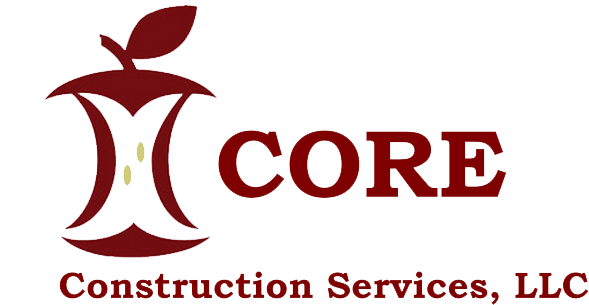
Last weekend I had a chance to dive into one of my favorite design magazines: Metropolis. The beauty of Metropolis is that it crosses boundaries. It’s not just an architecture magazine, but covers all aspects of design.
The March 20 issue asks the question, “what is good design now?” From this profound question they list ten qualities that are hard to argue. For architects, this list makes a great checklist as you move through the design process:
1. Sustainable
The problem with sustainable design is that it’s easier to talk about than to do properly. Unfortunately, green washing and marketing spin are often substitutes for real change.
Architects can’t hide anymore. The word is out. The buildings we design and the energy they require generate more carbon dioxide than cars. Yes, the auto makers that we all complain about have less impact than architects and their clients. It’s time to do the right thing.
2. Accessible
What is good design if it’s only available to some. Here in the US, detailed codes dictate that our built environment be accessible to those with disabilities. Often times it is important to look beyond these minimum standards.
3. Functional
This should be the simplest attribute of good design, but it is often the hardest to achieve. Apple makes products that look great, but at their core, they are successful by creating easy to use hardware and software that surpasses the competition.
4. Well Made
Architects don’t make anything. Our say in how well a building is built is limited to a set of instructions we provide. The end people that actually build it have little to no actual interaction with the architect. This means our instructions better be good, and just as important, easy to understand.
5. Emotionally Resonant
People rarely forget the feeling of walking into the Pantheon in Rome. Now compare that to the bland sameness found in the bulk of our suburban developments.
Not every building can be the Pantheon, but every design should be an attempt to stir the senses.
6. Enduring
Buildings need both structural and aesthetic longevity. It’s important to innovate, but you don’t want a design that looks outdated before that last coat of paint dries.
The time frame for enduring is uncertain. No question the Pantheon (126 A.D.) is enduring. Is Gehry’s Guggenheim (1997) in Bilbao?
7. Socially Beneficial
Whether you like it or not, all architecture is public architecture. Architects have a responsibility to look both within and beyond the walls of our buildings to see what we can do to help.
8. Beautiful
Beauty is subjective, right?
9. Ergonomic
Buildings must relate to the scale of the people that inhabit them. Often this idea is lost in the the array of 3D computer modeling technologies that architects use these days. Stop and take a step back. Put a person in that model. Even if they’re digital.
10. Affordable
This is one of the hardest for architects. The reason is simple. Architects typically get clients by waiting for the phone to ring. Someone with money, land and an idea that wants our services. This client type represents a small portion of society, yet makes up almost all of an architect’s clientèle.
Creating affordable architecture is more difficult. It involves entrepreneurship on the part of the architect. An upfront investment to invent an affordable solution that the masses can afford.
So now that we’ve covered good design, what about great design? Great design is harder to quantify. There probably isn’t a list!


